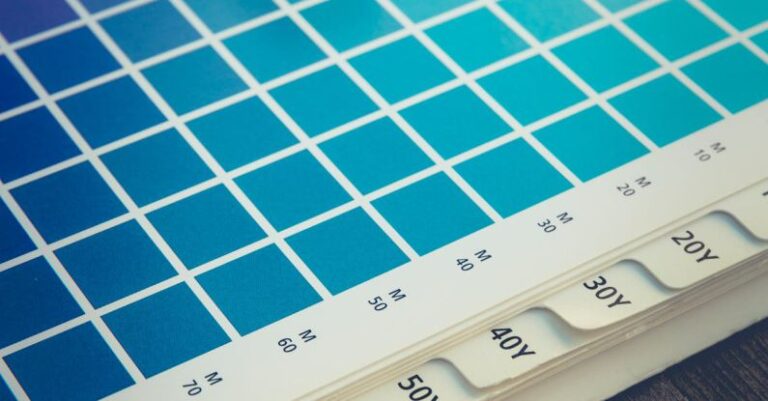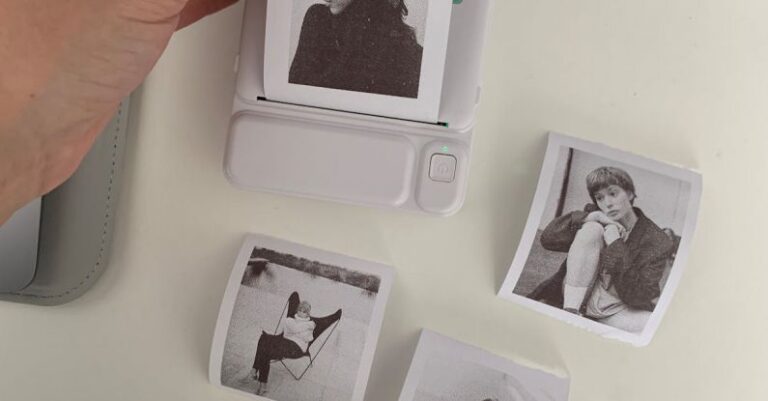Can Spot Colors Improve Your Catalog’s Visual Appeal?
Spot Colors: Elevating Your Catalog’s Visual Impact
When it comes to creating a visually appealing catalog, every detail matters. From the layout and design to the images and text, each element plays a crucial role in capturing the attention of your audience and driving engagement. One often-overlooked aspect that can significantly enhance the visual appeal of your catalog is the use of spot colors. By incorporating spot colors strategically, you can elevate the overall look and feel of your catalog, making it more attractive and impactful to your target audience.
Enhancing Visual Hierarchy with Spot Colors
Spot colors are specially mixed ink colors that are used in addition to, or instead of, the standard process colors (cyan, magenta, yellow, and black) in printing. By introducing spot colors into your catalog design, you can create a more dynamic visual hierarchy that helps guide the reader’s eye and emphasize key elements within your content. Whether you’re highlighting product features, calls to action, or important information, spot colors can be a powerful tool for drawing attention to specific areas of your catalog, making them more memorable and impactful.
Creating Contrast and Emphasis
One of the key benefits of using spot colors in your catalog is the ability to create contrast and emphasis within your design. By incorporating spot colors that complement or contrast with your brand colors, you can make certain elements stand out and capture the reader’s attention. Whether it’s a bold headline, a striking image, or a specific product detail, spot colors can help draw the eye and create visual interest, making your catalog more engaging and compelling to your audience.
Adding Depth and Dimension
Spot colors can also be used to add depth and dimension to your catalog design, creating a more visually interesting and immersive experience for your readers. By layering spot colors with different opacities or using special printing techniques like metallic or fluorescent inks, you can enhance the texture and appearance of your catalog, giving it a more tactile and premium feel. These subtle design choices can make a significant impact on how your catalog is perceived, elevating its overall quality and desirability to your audience.
Infusing Brand Personality
Another advantage of using spot colors in your catalog is the opportunity to infuse your brand’s personality and identity into the design. By selecting spot colors that resonate with your brand’s values, aesthetics, and target audience, you can create a cohesive and memorable visual identity that sets your catalog apart from the competition. Whether you’re aiming for a sophisticated and elegant look or a bold and playful vibe, spot colors can help you convey the essence of your brand and connect with your audience on a deeper level.
Maximizing Print Quality and Consistency
In addition to enhancing the visual appeal of your catalog, spot colors also offer practical benefits in terms of print quality and consistency. Unlike process colors that rely on color mixing during printing, spot colors are pre-mixed inks that ensure accurate and consistent color reproduction across different print runs. This can be particularly advantageous for catalogs that feature brand colors or specific hues that need to be reproduced accurately, helping you maintain a high level of quality and brand integrity in your printed materials.
Elevating Your Catalog Design with Spot Colors
In conclusion, spot colors can be a valuable asset in improving the visual appeal and impact of your catalog design. By leveraging spot colors strategically, you can enhance visual hierarchy, create contrast and emphasis, add depth and dimension, infuse brand personality, and maximize print quality and consistency. Whether you’re looking to refresh your catalog design or create a new one from scratch, consider incorporating spot colors to take your visual storytelling to the next level and captivate your audience with a more engaging and memorable experience.






